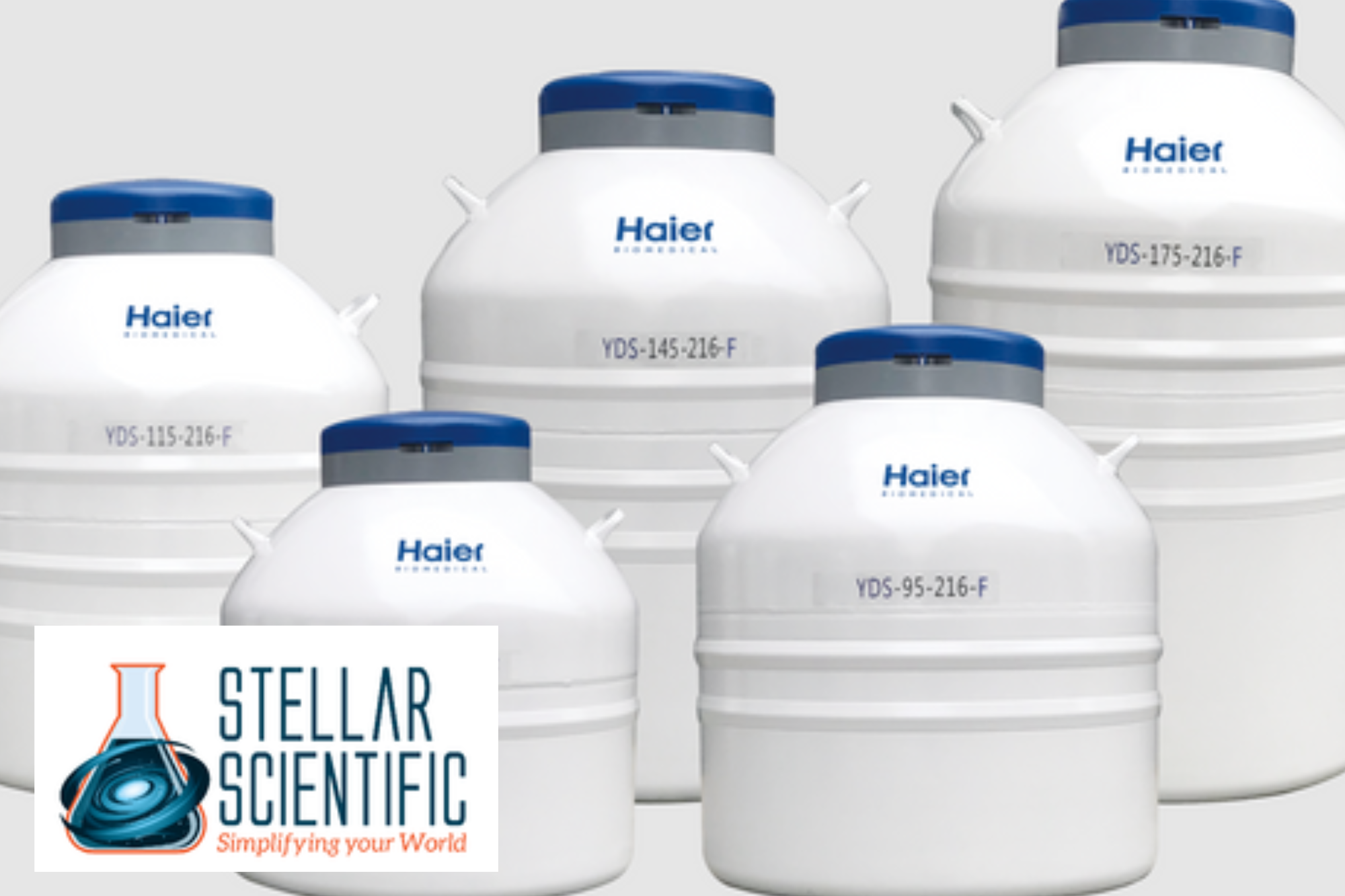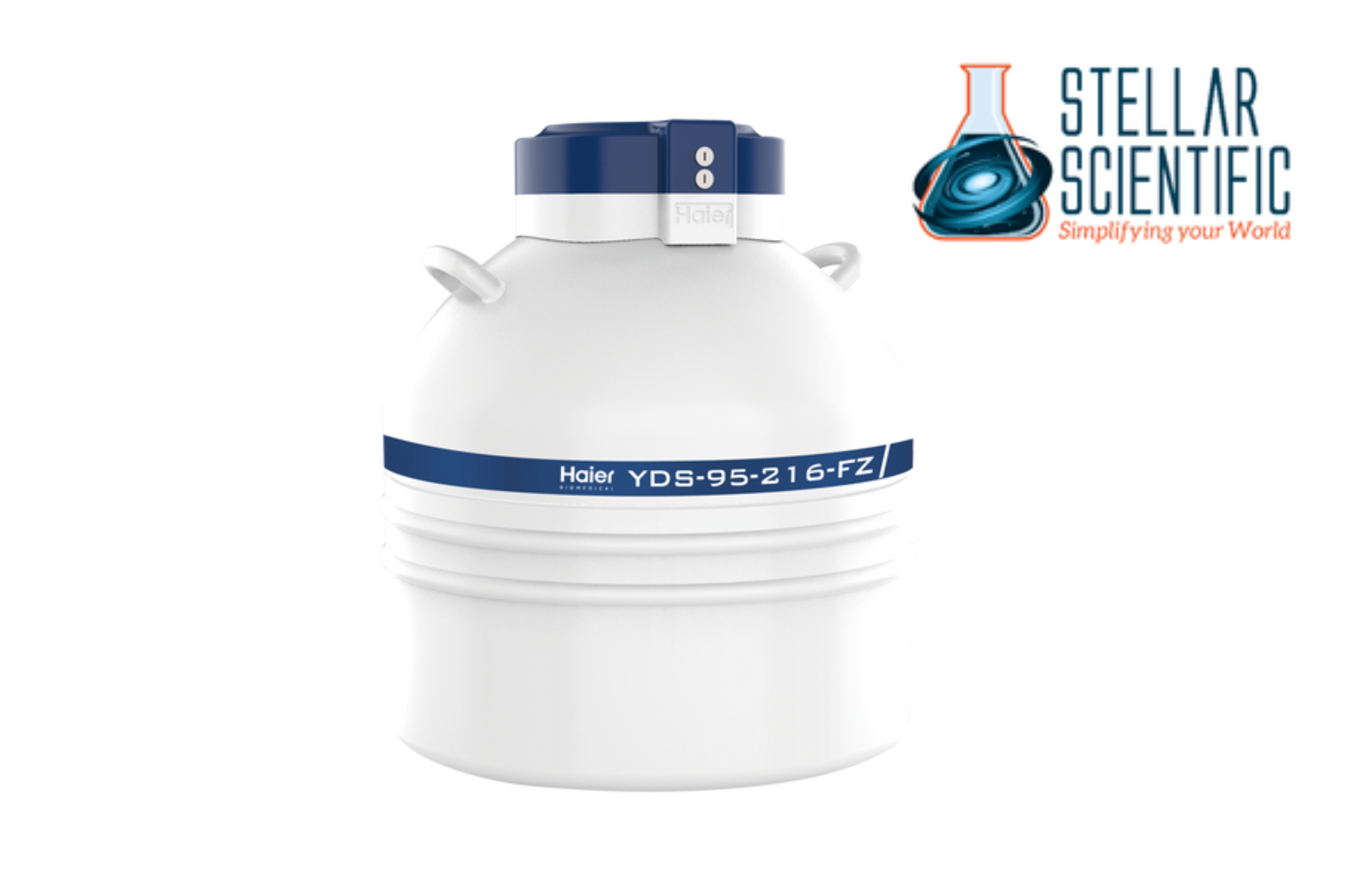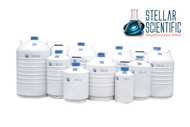Get the Most Reliable Liquid Nitrogen Tank for Your Facility
16th Jun 2025
Liquid nitrogen is a critical resource across a variety of scientific, medical, and industrial applications. Whether you are preserving biological samples, conducting cryogenic research, or performing specialized manufacturing processes, having a reliable liquid nitrogen tank is essential to ensure safety, efficiency, and cost-effectiveness. Selecting the right tank for your facility can improve workflow, minimize nitrogen loss, and protect valuable materials.
In this article, we will explore the key features that define a dependable liquid nitrogen tank, discuss different types available, and offer practical guidance for choosing the most suitable tank for your specific needs.

Why a Reliable Liquid Nitrogen Tank Matters
Liquid nitrogen is nitrogen in a liquid state, cooled to approximately -196°C (-321°F). It is widely used because of its extremely low temperature, which enables rapid freezing and long-term preservation of biological samples, cryopreservation of cells and tissues, and cold storage of materials that degrade at higher temperatures.
A liquid nitrogen tank serves as a specialized storage vessel designed to hold and maintain nitrogen in its liquid phase while minimizing evaporation losses. The reliability of this tank is paramount because:
- Sample Integrity: For biobanking and clinical labs, consistent cryogenic temperatures are essential to preserve cells, tissues, and genetic material without degradation.
- Operational Efficiency: Efficient tanks reduce nitrogen boil-off, lowering the frequency and volume of refills required, thereby saving costs.
- Safety: Proper insulation and design prevent pressure buildup and maintain safe handling conditions.
- Durability: Tanks must withstand frequent transport, handling, and temperature fluctuations without compromising performance.
Choosing the right lab liquid nitrogen tank reduces risk, improves sample viability, and supports uninterrupted laboratory or industrial operations.
Types of Liquid Nitrogen Tanks
Liquid nitrogen tanks come in several types, primarily categorized by their use and design features:
Dewar Flasks
The most common type for laboratories, Dewar flasks are vacuum-insulated containers designed to minimize heat transfer and reduce nitrogen evaporation. Dewars are ideal for temporary storage and transport of liquid nitrogen. They come in various sizes, from small handheld units to large capacity flasks capable of holding hundreds of liters.
Storage Tanks
Larger, more permanent tanks are used in facilities with high nitrogen consumption. These tanks often include additional features such as pressure relief valves, level gauges, and mechanisms for liquid withdrawal or transfer.
Transport Containers
Specifically designed to safely move liquid nitrogen between locations, transport containers are rugged, portable Dewars with secure lids and handles.
Key Features to Consider When Choosing a Liquid Nitrogen Tank
To select the most reliable liquid nitrogen tank, focus on the following important factors:
Capacity and Size
Determine your facility’s average liquid nitrogen usage and storage needs. Small-scale labs may require tanks with 5 to 20 liters capacity, while larger facilities or industrial sites might need tanks exceeding 100 liters. Choosing the correct size prevents unnecessary refills and optimizes storage space.
Insulation Quality
Vacuum insulation is the gold standard for liquid nitrogen tanks. High-quality insulation drastically reduces heat ingress, minimizing nitrogen boil-off. Tanks with double walls separated by a vacuum layer maintain cold temperatures for longer periods.
Material Construction
Most laboratory liquid nitrogen tanks are constructed from stainless steel or aluminum. Stainless steel offers superior durability and resistance to corrosion, making it ideal for harsh environments. Aluminum tanks are lightweight and easier to transport, but may sacrifice some durability.
Boil-Off Rate
Boil-off rate measures how quickly liquid nitrogen evaporates due to heat leakage. Lower boil-off rates indicate more efficient tanks, which save costs and reduce refill frequency. Reliable manufacturers provide boil-off specifications to help compare models.
Safety Features
Look for tanks equipped with pressure relief valves and venting systems to prevent pressure buildup. Secure lids and locking mechanisms ensure safe handling and transport. Some tanks also include sensors or alarms for level monitoring.
Ease of Use
Consider tanks with ergonomic designs, handles, and wheels for easy mobility. Clear level indicators and easy-access valves streamline refilling and dispensing liquid nitrogen.

Maintenance and Handling of Liquid Nitrogen Tanks
Proper maintenance extends the lifespan and performance of your liquid nitrogen tank:
- Regular Inspection: Check for dents, corrosion, and leaks. Replace any damaged components promptly.
- Cleaning: Use appropriate cleaning agents and procedures to prevent contamination.
- Refilling: Follow manufacturer guidelines to refill safely. Avoid overfilling to prevent pressure issues.
- Storage: Store tanks in well-ventilated areas away from heat sources.
Proper handling ensures the tank operates efficiently and safely for your facility’s needs.
Applications Benefiting from Reliable Liquid Nitrogen Storage
A dependable liquid nitrogen tank supports a broad range of applications, including:
- Biomedical and Clinical Labs: Cryopreservation of blood, stem cells, vaccines, and reproductive materials.
- Research Institutions: Preservation of biological specimens, samples, and reagents.
- Industrial Uses: Cryogenic grinding, metal treatment, and cooling processes.
- Food Industry: Flash freezing and cold storage.
Each application requires different tank specifications, underscoring the importance of selecting a liquid nitrogen container that aligns with your operational demands.
Why Invest in Quality Liquid Nitrogen Tanks
Investing in a reliable liquid nitrogen tank pays dividends through:
- Reduced nitrogen loss, saving money on frequent refills.
- Enhanced sample preservation, ensuring research integrity.
- Improved safety for personnel handling cryogenic materials.
- Lower downtime due to equipment failure or maintenance.
In essence, quality tanks safeguard both your materials and your budget.
About Stellar Scientific
Stellar Scientific is a premier supplier of laboratory equipment and scientific products, dedicated to supporting laboratories, medical facilities, and research institutions with dependable tools and supplies. We offer a comprehensive selection of liquid nitrogen tanks designed to meet the rigorous demands of modern laboratories and industrial applications.
Our products are carefully chosen for quality, reliability, and safety, helping customers maintain optimal storage conditions while maximizing operational efficiency. Alongside liquid nitrogen tanks, we provide a broad range of scientific equipment, consumables, and safety solutions, all backed by knowledgeable customer service.

